Promoters of electric vehicles are always telling us not just how eco-friendly the vehicles are, but also how cutting-edge and modern. If that’s the case, then why does my fantastic new Chevrolet Bolt EV still have a 12-volt lead-acid battery there? How has the car evolved past its engine, but not past its old battery? These questions and more we will be exploring in today’s blog.
Background: Chevy Bolt, Other EVs and 12-Volt Batteries
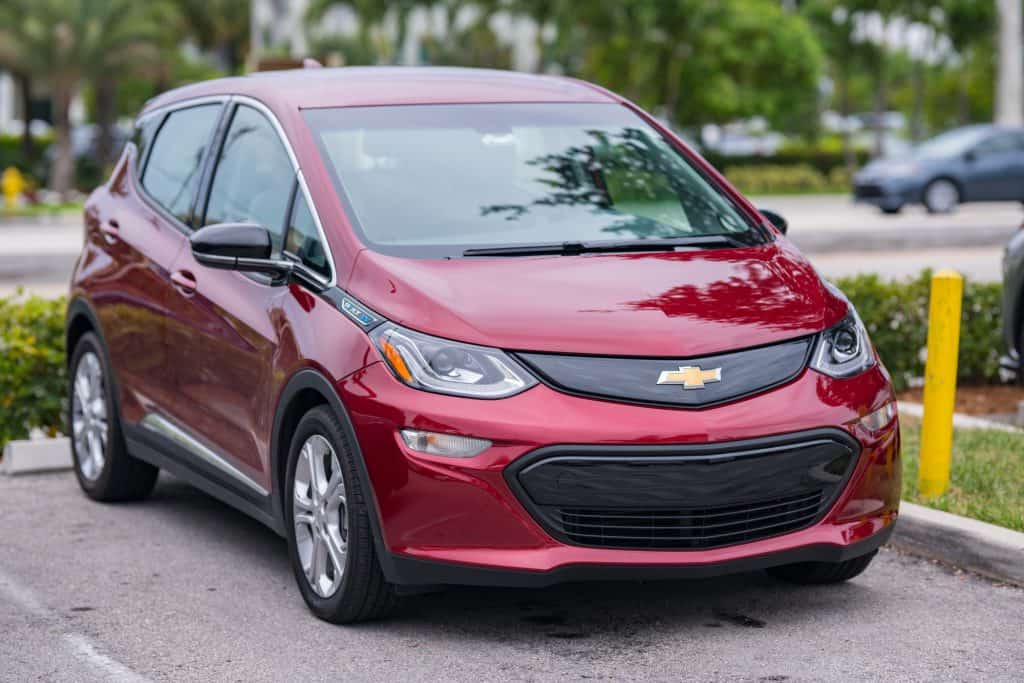
As it happens, the Chevy Bolt is not unique in its possession of a 12-volt battery. It’s still a common feature in just about all electric cars in some form or another.
OEMs are proudly displaying their many advances in lithium-ion battery technology; advances that are seeing range extend beyond 400-500 miles, and even the most common sedan cars accept superfast DC charging of 800 volts. Why, then, is this relatively ancient piece of automotive technology still required?
Not all these 12-volt batteries are lead-acid batteries, in fact, but the majority still are, with only some of the newest models getting fancier lithium-ion versions. What do these batteries do?
Functions of 12-Volt Batteries in an EV
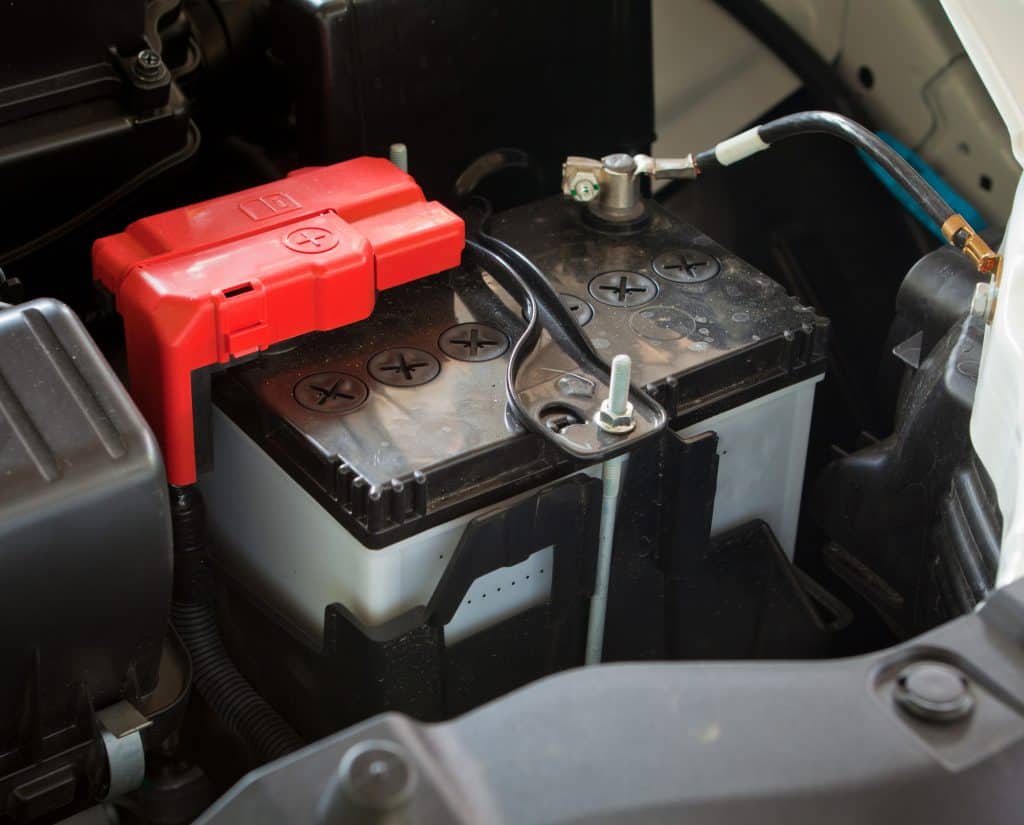
Contactor
The 12-volt battery may feel like a redundant hangover from previous models, but it actually has a number of important functions to play within an electric car. The 12-volt unit acts as a critical secondary power supply to help activate the contactor which then brings the main “big” lithium-ion battery to life powering the rest of the vehicle:
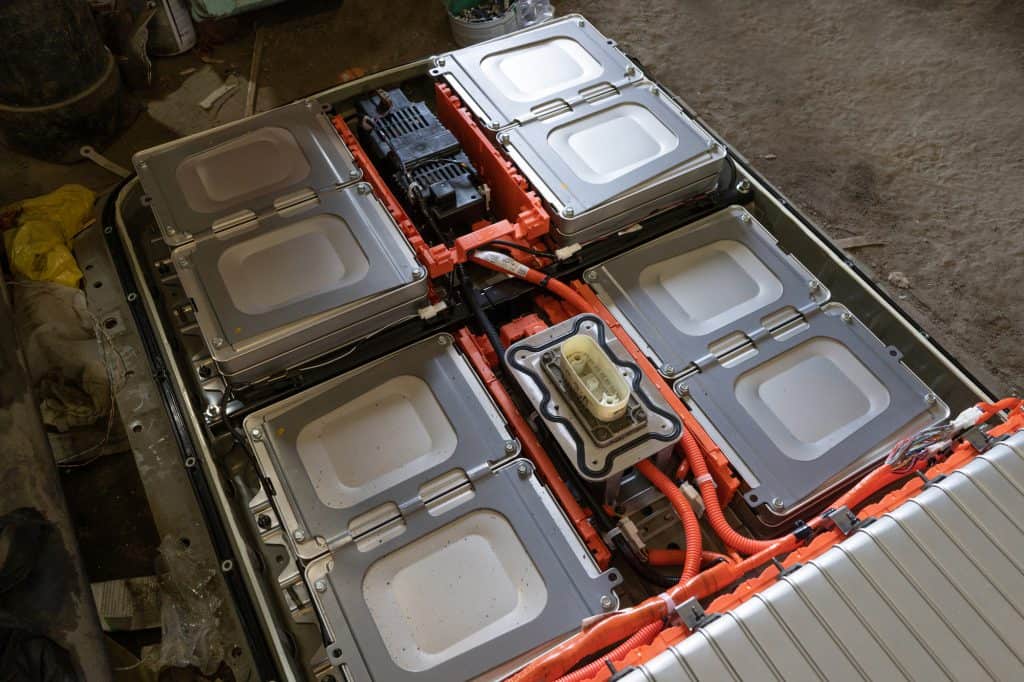
The power supply in those lithium-ion battery packs is pretty huge. If someone were working on the car with the power active, then they could receive a deadly shock as they do. On top of that, battery fires and other terrible results are all possible.
Therefore, EVs are typically designed with a contractor that shuts off main battery power, isolating it from the rest of the vehicle. This acts as a life-saving feature in the event, for instance, that you and your Bolt get into an accident on the road. The contactor would shut off, preventing fires, and also preventing shocks to rescue workers working their way through the car to get to you.
The contactor is essentially just a coil electromagnet that acts as a relay. When it’s powered off, and if you want to power it back up again and get the electrical energy flowing from the battery to the electric motors, then that contactor needs a spark of power. Where does that spark come from? The 12-volt unit!
On-Board Electrical Systems
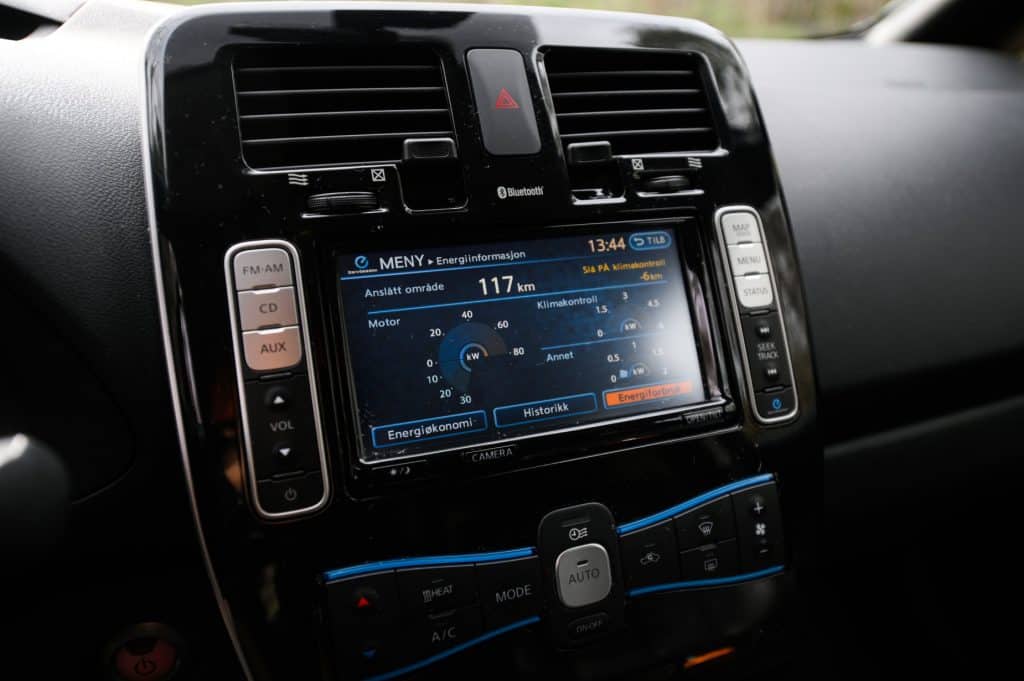
Believe it or not, your main lithium-ion battery is not the thing that directly powers your EVs electrics like the infotainment screen, digital instrument display, stereo and other electronic features. Even the ECUs are typically powered by the 12-volt battery unit. Why is that?
Well, the almighty surge of power from the lithium-ion battery pack is meant for one thing, and that’s propelling the car forward. In that sense, your main battery pack may as well as be a solidified block of gasoline.
It’s there to give the Chevrolet Bolt that jolt it needs to go from 0 to 60 in just 6.7 seconds, which an ICE car of the Bolt style would simply not be able to achieve without significant modifications.
Where you don’t want that kind of power surging, however, is through your more basic on-board electrical systems. Therefore, the humble 12-volt power unit continues to endure, and is used for all manner of electrical functions:
- Interior lights
- Driver assistance systems
- Alarms
- Radio/speakers
- Navigation
- Instruments
- Locking system
- Onboard computer
Why Haven’t OEMs Made an Alternative?
With technology moving on so much and so far in the electric car, why haven’t OEMs tried to create an alternative, perhaps simpler and more cutting-edge power supply to use instead of the tried-and-tested 12-volt battery? Well, part of the answer lies in that description:
Tried and Tested
The fact is that OEMs around the world have agreed-upon standards when it comes to 12-volt batteries and related systems. Even as many of them make their first foray into the world of EVs, one little bit of familiarity they can cling onto is the 12-volt power system connected to that battery. It’s like the one solitary friend who is accompanying them through this huge mechanical upheaval.
Familiarity
When there is no need for a different system currently, and not even an increase in voltage from that system, the question naturally arises for an OEM: Why bother with a brand-new electrical system? The 12-volt battery will still work, it’s still sufficient in strength and best of all the OEMs know exactly how to connect it up to all their latest gadgetry.
Does the Chevrolet Bolt 12-Volt Battery Need Replacing?
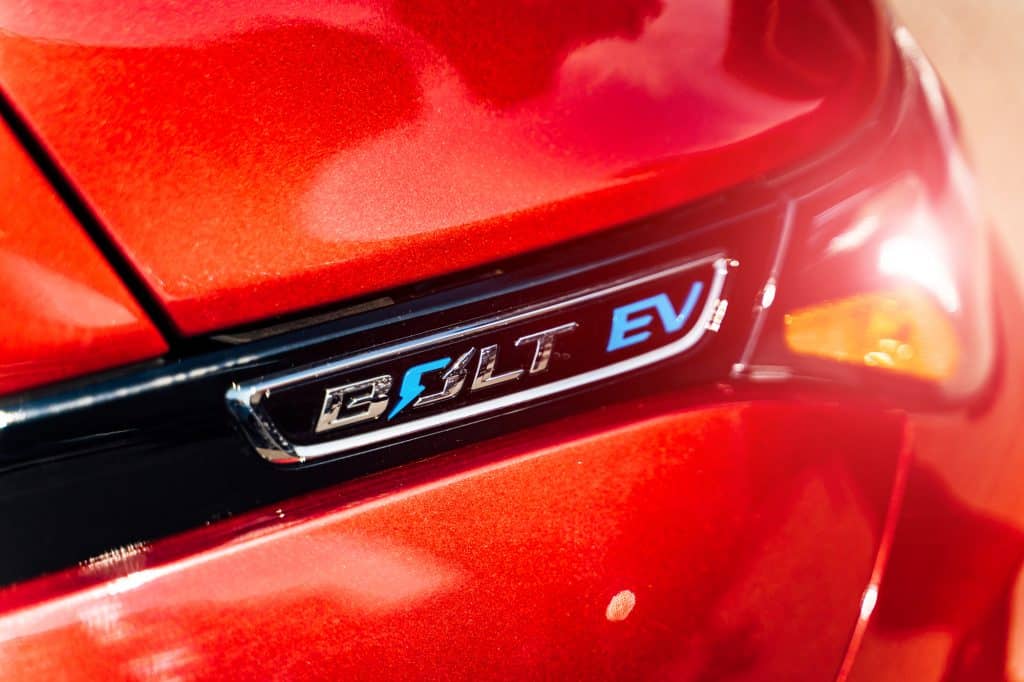
Yes, it does. In fact, there’s some indication that 12-volt batteries in the Chevy Bolt and other EVs may actually have a shorter lifespan than those in internal combustion engine (ICE) cars. The main reason for this is that in an EV, the car doesn’t draw high current from the battery in the same way that an ICE car does.
That may not sound like a big difference, but cutting out the high-current draw removes another critical step from the regular process that helps ICE 12-volt batteries live longer.
Over time, the battery plates get a buildup of matter that will ultimately inhibit its use and bring it closer to failing. The good news for ICE cars is that every time it does that high-current draw, the action causes those deposits to be sloughed off. In an EV battery system, that doesn’t happen and thus the buildup gets worse and worse. The greater the buildup, the less charge the battery can store.
Having said that, the problem doesn’t seem to shorten the lives of EV 12-volt batteries in general when compared to regular ICE cars. The battery should still last for about 3 years, which is about par for the course on a 12-volt battery. If you’re worried about your Bolt battery, you should inspect the battery using a voltmeter and a trickle charger after parking up.
If after applying charge from a trickle charger you then see with your voltmeter that the battery is losing voltage over time – e.g. losing a volt or more after about an hour of switching the engine off and ensuring no other electrical systems are draining it, then you can be sure that your 12-volt battery is losing its ability to hold charge, and that’s a good sign to replace it.
Does the 12-Volt Battery Go Dead?
Yes, it does, and interestingly, the remedy for a dead Chevy Bolt EV battery is the same as it would be in an ICE car — a jump start. Using jumper cables, you can bring the battery back to life using another car. Once the car is started up, the on-board DC-to-DC converter will bring a steady stream of energy to the battery and ensure everything works as normal.
The EV doesn’t need the huge draw of initial power to turn over the engine, so the power levels in an EV 12-volt battery should stay quite constant.
Chevy Bolt Battery Care
If you’re worried about the performance of your Chevy Bolt battery, then get a voltmeter and study the voltage readings after you’ve powered the car down. They should remain constant. In addition, if you’ve been using the Bolt for several years without changing the battery, then you could be coming close to the point of needing a new battery anyway.
1 comment
Still haven’t had to replace my 12v battery… it’s been 5 years so I know I will soon but other EV drivers also report longer life out of the 12v battery. The article is great about pointing out why a 12v system is still needed.